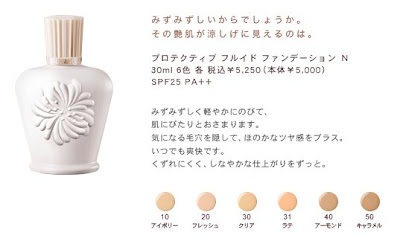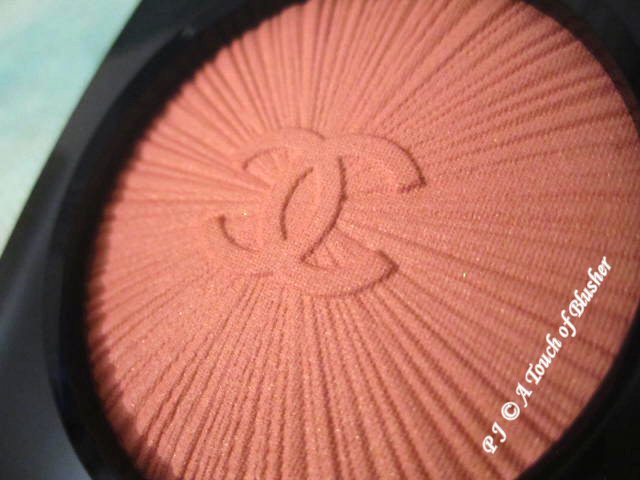Kiss Mat Chiffon Powder)
– Primers
I actually tend not to use primers at all. For my oily skin, I use as few base makeup products as I can after skincare and before point makeup. I used to use primers a long time ago, and I did find a couple of products from Ettusais (a yellow-based color-adjusting primer and a pore-concealing primer) to be quite effective. Among the primers I have talked about so far (that are currently available), I have been relatively pleased with SUQQU’s Makeup Base Creamy and Makeup Base Brightup. If you are interested, please have a look at my post on Coffret D’Or’s Beauty Lasting Veil UV and Lunasol Smoothing Makeup Base as well.
– Powder Foundations
I have been a fan of Shiseido ZA’s Two-Way Foundation for many years. I think the product has been revamped once since I started using it (while the product name remained the same), but the change is (fortunately) minimal. (It has very slightly less coverage and the finish is marginally more luminous.)
Other than ZA Two-Way Foundation, I think one of the best powder foundations I have tried in the last couple of years is Coffret D’Or’s Beauty Lasting Pact UV, which has very good sebum-control efficacy. (The link above will also take you to my thoughts on Lunasol’s Skin Fusing Powder Foundation.) Some of my other posts on Japanese powder foundations include those on SUQQU’s Powder Foundation Glow, Jill Stuart’s Smooth Silk Powder and SUQQU’s Powder Foundation Fresh, and Primavista’s Powder Foundation Moist Touch.
– Pressed/Loose Powder
At the moment, all my favorite pressed powders are from Raycious, and they have been discontinued. In terms of loose powder, my favorite is Lavshuca’s Face Powder (in Lucent). Mat Chiffon Powder from Kiss is almost equally good too. I also enjoy using Coffret D’Or’s Makeup Powder, but it slightly falls short on pore coverage and sebum control compared with the previous two.
(Lavshuca has launched Finish Powder (in two shades) on February 1st. It is replacing Face Powder, but Face Powder might still be available for a little while.)
To finish off the series, I’d like to mention the wave of mineral makeup (particularly foundations) arriving in Japan at the moment.
Since last year, I have started to notice that more and more Japanese beauty blogs are covering mineral foundations from the west. While I like some of the mineral eyeshadows I have tried, I have not yet been a fan of mineral foundations. There is very little doubt that mineral foundations have attractive appeals, as true mineral-based foundations can be saviours for people with very sensitive skin. However, I feel that, compared with some of the best (Japanese) foundations that I have used, they generally lack sebum control and pore coverage and they often lack staying power. For me,
purely in terms of the quality of the finish (not of their skincare benefits), mineral foundations are generally mostly about coverage and not much else, as their straightforward ingredients do not seem to provide multi-faceted results.It seems that many Japanese consumers are very open to trying out new products, so I think the novelty factor will work its magic for a while. But I do wonder, compared with some of the best foundations that one can buy in Japan, whether most of the mineral foundations will continue to hold consumers’ attention in the next few years. I guess this will depend on future product developments from both sectors.
So that’s it from me now, and I hope you enjoy this series. Now I would love to know your favorite Japanese base makeup products. You could simply drop in a short comment with the name of the item(s), and it would be really helpful if you would tell us your skin type as well. Of course, if you have any comment on this series or any question, do please feel free to post a comment here too.
I look forward to hearing from you!
{ 38 comments }









